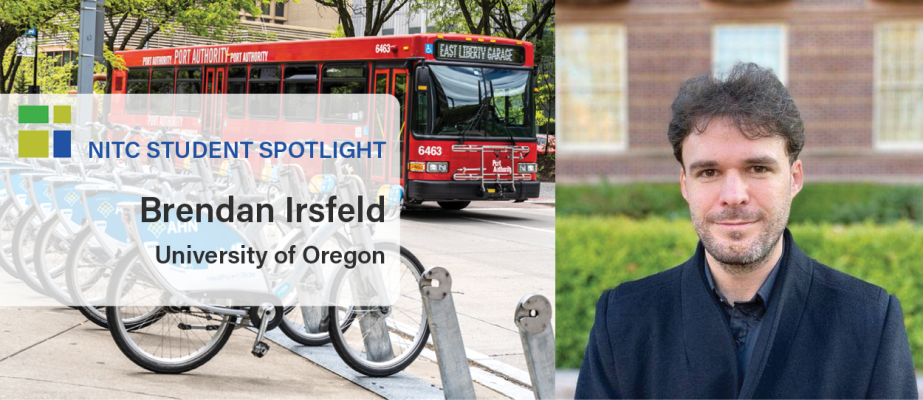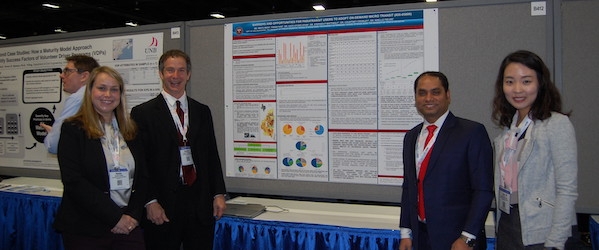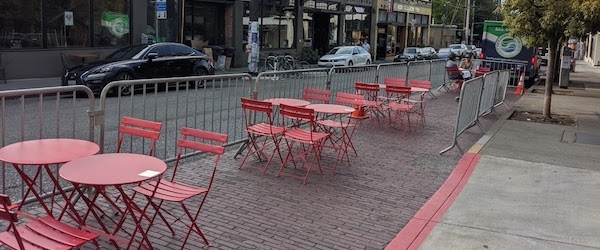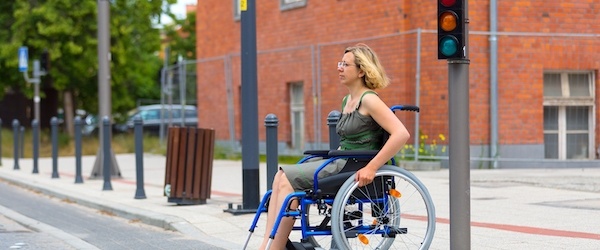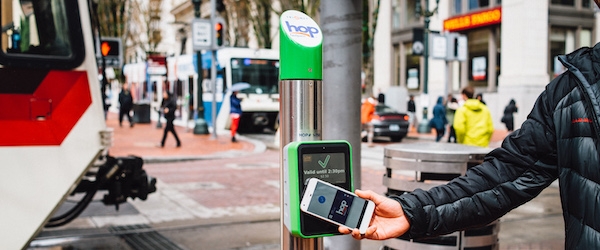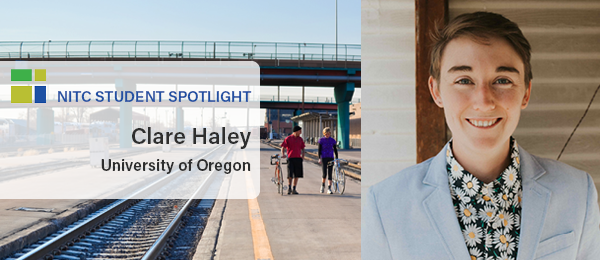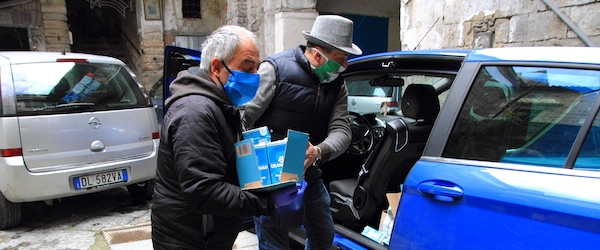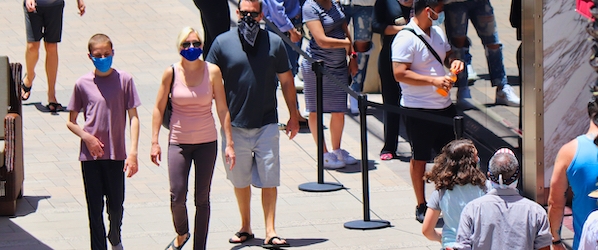Brendan J. Irsfeld is a second-year graduate student at the University of Oregon enrolled in the Master of Community and Regional Planning program. His primary research focus is sustainable and equitable transportation issues pertaining both to public transit systems and the wider built environment. He currently serves as co-president of UO student group LiveMove, and presented his work on social sustainability as an Eisenhower Fellow at the 2022 annual meeting of the Transportation Research Board (TRB). In addition to transportation, Brendan is active in disaster planning work, exploring the relationships between land-use decisions and the preparedness and resilience of communities in the event of a wildland fire.
Connect with Brendan on LinkedIn
Tell us about yourself?
I am a New Englander that arrived in Eugene, Oregon after discovering planning during an assignment at my previous job. After deciding to make a career change to planning, I knew I was most interested in transportation issues. Currently, I study the interactions within transportation systems that manifest inequitable outcomes to better understand the impacts on quality of life from economic, ecological, and social perspectives. I also serve as Co-President for the student organization LiveMove at the University of Oregon. The group promotes active transportation...
Read more
